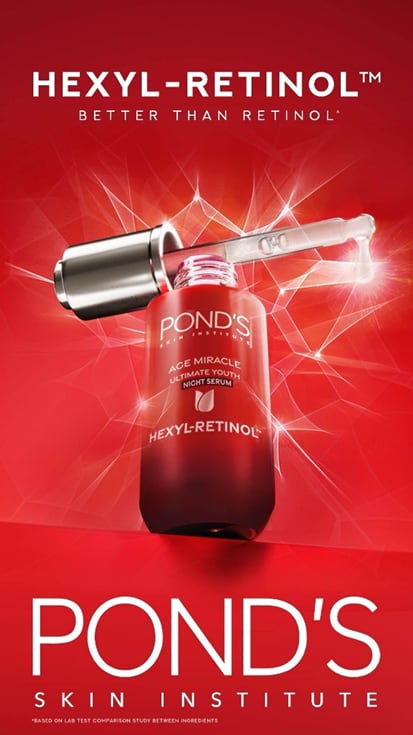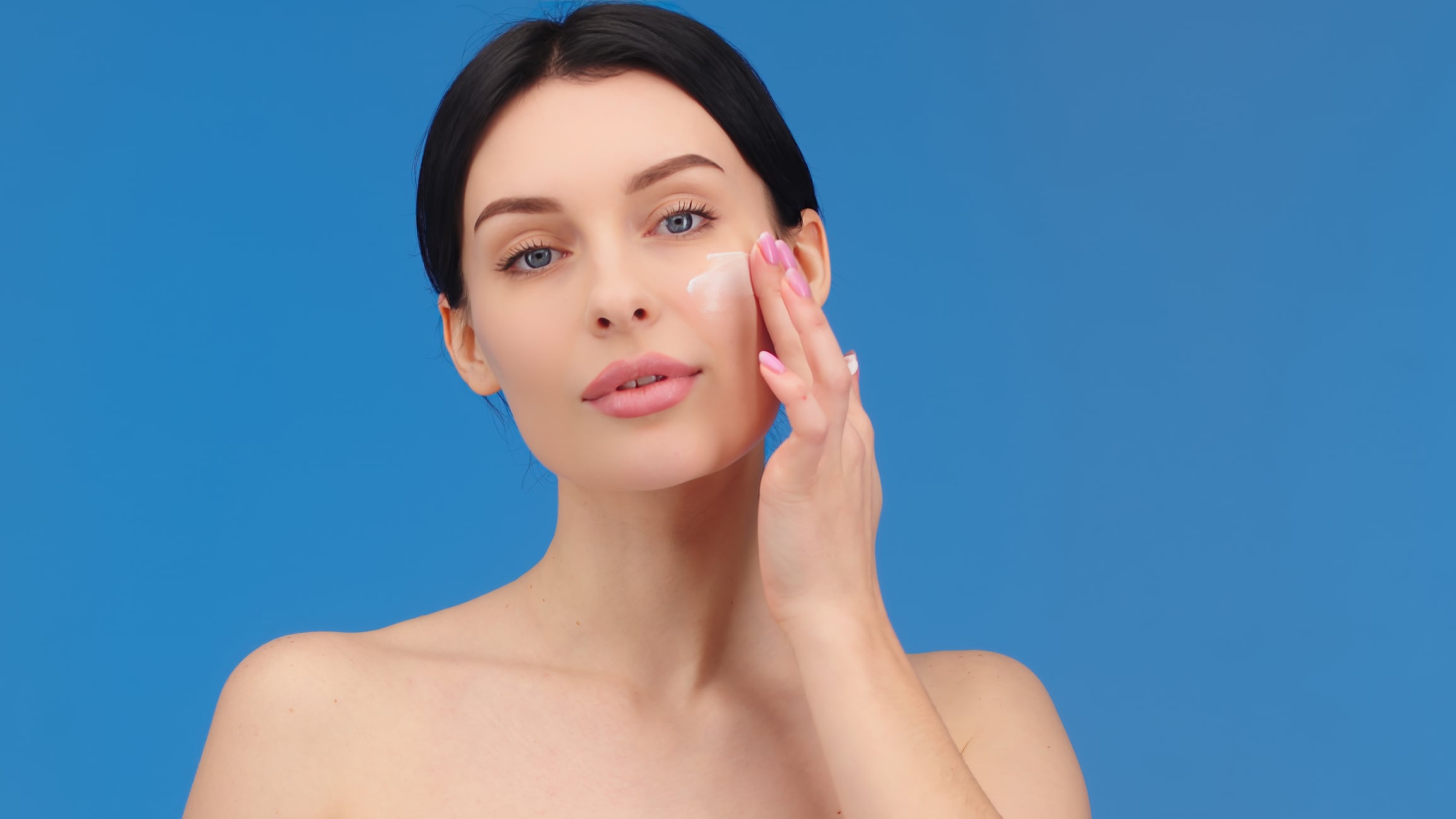At the IMCAS World Congress 2025 in Paris, Unilever’s Senior R&D Manager Michael Hoptroff, R&D Bioscience Director Dr. Jenna Yang and VP for Technology & Development at the Dermatologica brand, Dr. Robert Bianchini, discussed the company’s recent scientific studies and innovations in the skin care category.
Michael Hoptroff, senior R&D manager at Unilever, highlighted that because dry skin affects around 80% of the aging population, this has been a key area of investigation for product innovation.
He explained that dry skin has a weaker microbiome with fewer lipids and that the use of moisturizing products can rebalance the skin biome.
“We did a study with over one thousand samples that looked at the microbiome of dry skin and non-dry skin and were able to see distinctive, reproducible differences,” Hoptroff said, noting observed changes between the overall productivity and interactivity in dry skin and a reduction in skin lipids formation.
Unilever then undertook a five-week study that involved daily application of a moisturizer (a Vaseline product), which Hoptroff said led to “a restoration in microbiome productivity, a restoration of skin lipids and an increase in fatty acids, ceramides and cholesterol.”
“This speaks to a close interaction between skin microbiome and how product technology that supports the skin can also support the microbiome,” he added.
Recreating the face microbiome of a younger phenotype
Unilever began to further investigate the skin microbiome and the effects of its retinol propionate technology via a study on skin microbiome and ‘perceived’ skin aging.
Its retinol propionate technology has been used in Pond’s Skin Institute’s new Age Miracle Ultimate Youth with Hexyl-Retinol, which it describes as “a next-generation alternative to traditional retinol”.
The brand says the formula is “scientifically proven to be 100% more effective than traditional retinol at enhancing overnight skin repair, tackling modern skin stressors like blue light exposure, sleep deprivation and daily stress.”
To test the technology, Unilever’s R&D team segmented participants based on specific facial blemishes and other characteristics known to be related to aging skin and then split the group into two: those with premature aging and those with delayed aging.
Hoptroff said that those with premature aging had a reduced microbiome network with elevated levels of Corynebacterium and decreased levels of Cutibacterium acnes—“the organisms we see very closely associated with skin aging,” he explained.
Through the research, Unilever has been able to identify the changes seen in perceived aging that lead through to actual changes in the facial skin microbiome. The team also found that retinol propionate was able to recreate a ‘younger’ face microbiome
“When we looked at the impact of treatments that contain retinol propionate, we could see that they were able to help restore productivity for the facial skin microbiome and start to give the face microbiome a younger phenotype; or a phenotype more associated with good aging,” Hoptroff said.

Pro-ceramide technology and the skin microbiome
Another technology Unilever investigated was its pro-ceramide technology, which it said is “powered by prebiotics.”
This has been used in its new launch, Pond’s Skin Institute Hydra Miracle Ultra-Light Biome Gel, which it claims “delivers 6x skin barrier resilience power with millions of prebiotics, pro-ceramides, hyaluron and amino acids for instant hydration and microbiome balance.”
To offer a better understanding of pro-ceramide technology, Hoptroff discussed the interactions between the skin biome and ceramide production.
“Normally skin is producing sebaceous lipids, your microbiome is hydrolysing those, and triglycerides are released that release free fatty acids, then those will permeate through layers of skin and naturally be elongated and packaged into ceramides,” he explained.
“They will then go into skin, be elongated and we will then see significant increases in C20, C22 and C26 fatty acids and a significant increase in ceramide production.”
To create this new skin innovation, Unilever took inspiration from this natural skin process and then augmented it with technology.
“Glycerol is produced by a natural part of the interaction of the microbiome and those skin lipids,” Hoptroff said.
“This is used as a prebiotic by skin microorganisms that produce lactic acid. It’s naturally occurring process that we can harness through product technology. Glycerol interacts with the skin microbiome with a prebiotic function to support lactic acid formation.”
First bacterial exosome system in regenerative skin care
On the topic of bacteria in skin care innovation, Dr. Robert Bianchini, VP for technology & development at the Dermalogica, also spoke about the brand’s new Exo Booster, which he said is “the first bacterial exosome system in regenerative skin care.”
Dermalogica has undertaken numerous global clinical studies to test out these vegan exosomes, which are designed to accelerate the results of minor cosmetic procedures such as laser resurfacing, microneedling and chemical peels.
Every treatment uses 10 billion Lactobacillus exosomes in every treatment, which Bianchini said are “superior to human exosomes”. The brand reports that the treatment is clinically proven to reduce the appearance of winkles by 86% and to improve skin texture, tone and resilience.
Glutathione for skin stress
Dr. Jenna Yang, director of R&D bioscience at Unilever, also spoke about using antioxidant glutathione in skin care products to help skin that has been under stress.
“Glutathione plays a crucial role in the cellular antioxidant network regenerating other antioxidants,” she explained.
“Many factors can cause a decline in glutathione, such as aging, poor diet, stress, toxins and pollution. When skin is under internal or external stress, the biological pathways change and can cause DNA damage, inflammation and protein damage.”
To test its new glutathione-based innovation, Unilever’s R&D used a live skin equivalent model of 3D cultures to conduct a UV challenge experiment for seven days, and samples were collected from those skin tissues.
“What we have seen is a dynamic process of skin analysis for a UVB biological pathway level that happened in an interlinked and dynamic process,” Yang said.
“When skin is exposed to UVB, there are impacts in the cell cycles and DNA damage. By day three we saw signs of stress and inflammation, which is coupled with gene expression change. Around day six was the ‘tipping point’ where visible signs of skin damage could be seen in the form of skin barrier dysfunction and pigmentation.”
Yang noted that this made it clear that even if the signs of skin damage are not evident, as soon as the skin is under any kind of stress, it is starts to change without this being visible at first.
“Therefore, it’s important to provide skin with antioxidants before visible damage can be seen,” she said.
A glutathione precursor for skin protection
The team proposed introducing a glutathione precursor for skin protection. This was delivered in the form of smaller amino acids that could easily penetrate the skin and then form glutathione to help protect skin against oxidative stress, inflammation and pigmentation.
To do this, Unilever’s R&D team worked with a newly discovered glutathione precursor, lysine carboxymethyl cysteinate (LCC).
Yang said the team treated keratinocytes with LCC and “found an instant increase of cellular antioxidant level” that peaked at around eight hours after application.
LCC showed a very strong protection against UVB, so the team then investigated whether it could penetrate skin, which it could from around two hours after application.
To find out whether LCC could really increase the levels of glutathione in human skin, Unilever conducted similar experiments with several other intermediate precursors between LCC and glutathione to see if the levels again showed an increase, which it did.
The team investigated the pathway for LCC and found that it reinforced skin barrier functionality.
The new glutathione precursor technology has been used in Dove Targeted Serum.





